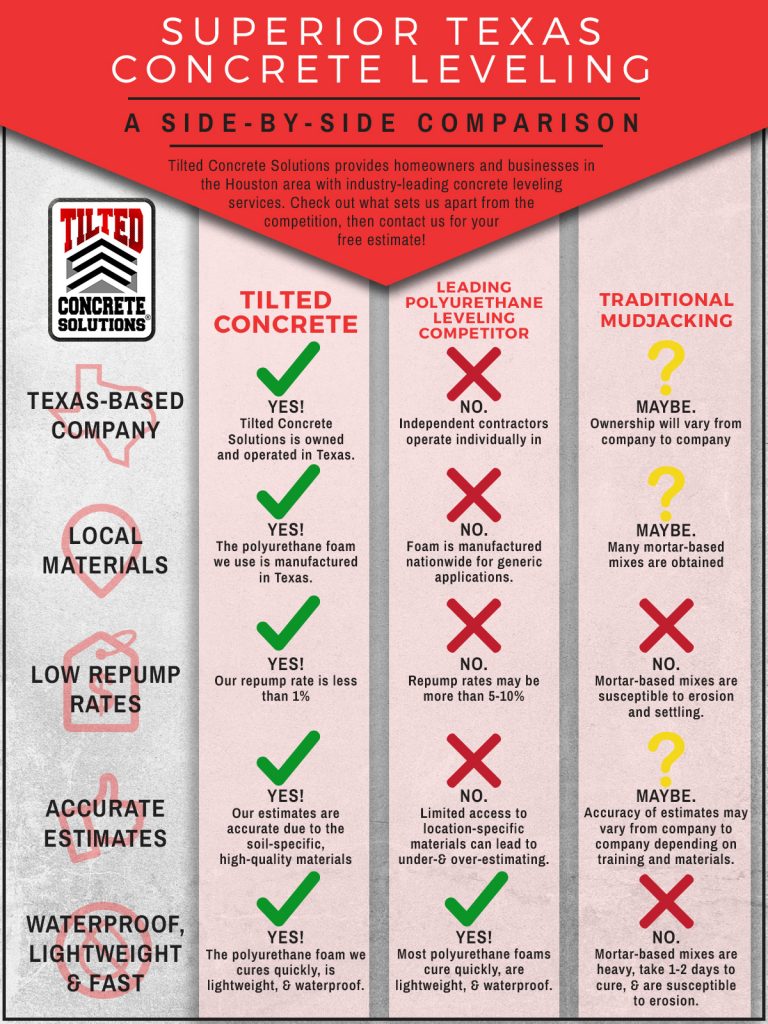Vital Seasonal Aspects Of Commercial Outside Paint: What You Should Recognize
Vital Seasonal Aspects Of Commercial Outside Paint: What You Should Recognize
Blog Article
Material By-Regan Chaney
When you're preparing a commercial external paint project, seasonal aspects can make or break your results. You'll wish to take into consideration exactly how temperature and humidity impact paint application and drying times. Selecting the appropriate season can ensure your paint adheres appropriately and lasts longer. Yet which seasons are absolutely the most effective for this sort of work? Let's explore the key elements that can affect your job's success.
The Impact of Temperature on Paint Application
When you're planning a commercial external paint task, the temperature can considerably impact how well the paint sticks and dries.
Preferably, you intend to paint when temperature levels range in between 50 ° F and 85 ° F. If it's as well cool, the paint might not heal properly, bring about problems like peeling off or cracking.
On the other hand, if it's too hot, the paint can dry out as well quickly, protecting against correct bond and causing an uneven coating.
You ought to additionally consider the moment of day; morning or late afternoon provides cooler temperature levels, which can be extra positive.
Always examine the supplier's referrals for the particular paint you're making use of, as they typically offer guidance on the perfect temperature level range for optimum outcomes.
Moisture and Its Result on Drying Times
Temperature level isn't the only environmental factor that affects your commercial exterior paint task; moisture plays a considerable duty too. High humidity levels can slow down drying out times dramatically, affecting the overall high quality of your paint work.
When the air is saturated with dampness, the paint takes longer to treat, which can cause problems like inadequate adhesion and a greater danger of mold growth. If you're painting on a particularly damp day, be prepared for prolonged delay times between coats.
It's essential to keep an eye on regional weather and plan accordingly. Ideally, aim for humidity levels in between 40% and 70% for optimum drying out.
Maintaining these factors in mind guarantees your task remains on track and provides a lasting finish.
Best Seasons for Commercial Exterior Paint Projects
What's the very best season for your industrial outside paint tasks?
Spring and early fall are generally your best options. During these seasons, temperature levels are mild, and humidity degrees are typically reduced, developing ideal conditions for paint application and drying.
Stay clear of summertime's intense heat, which can create paint to completely dry also quickly, bring about poor adhesion and coating. Likewise, wintertime's cold temperatures can impede correct drying and treating, running the risk of the longevity of your paint job.
Go for days with temperatures between 50 ° F and 85 ° F for ideal outcomes. Keep in mind to inspect the local weather forecast for rainfall, as damp conditions can spoil your project.
straigh line around these factors ensures your paint job runs efficiently and lasts longer.
Verdict
In conclusion, preparing your commercial external paint tasks around seasonal considerations can make a substantial difference in the outcome. By scheduling work during the optimal temperatures and humidity levels, you'll ensure far better bond and drying out times. Bear in mind to keep an eye on neighborhood weather prediction and pick the correct time of year-- spring and very early autumn are your best bets. Taking hop over to this website will help you achieve a resilient and specialist coating that lasts.
